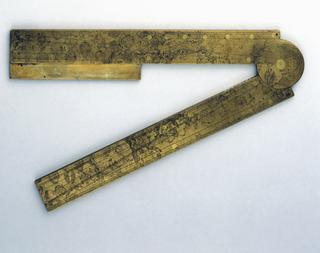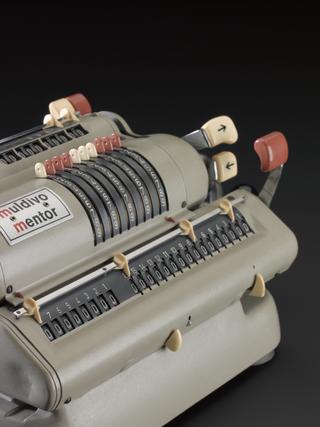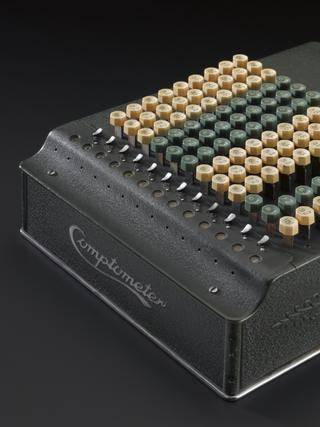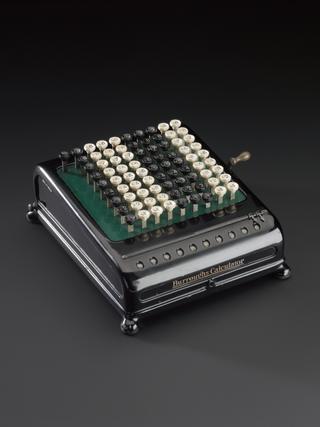
Dancer Ruler
- Made:
- 1860-1870 in Manchester
- maker:
- John Benjamin Dancer



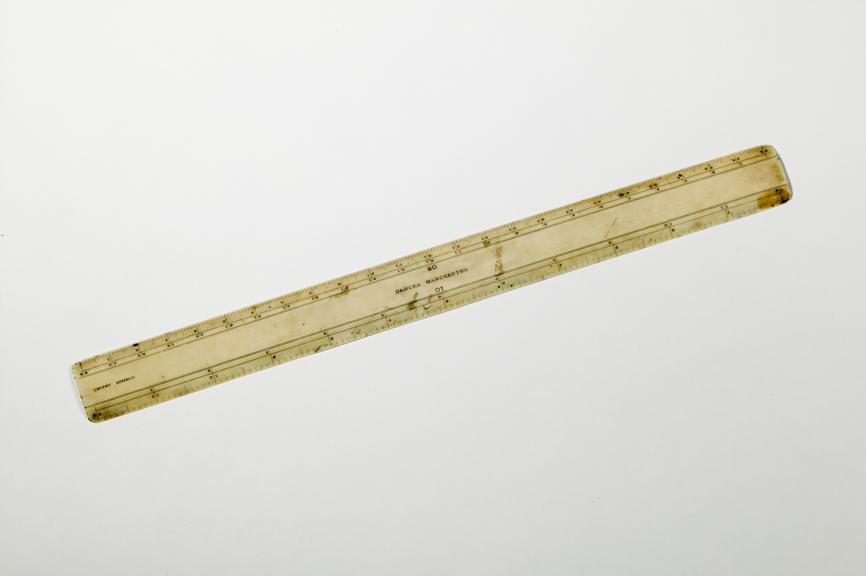
12-inch ivory ruler made by J D Dancer, Manchester, 1860-1870.
Despite their everyday nature, rulers are an important technology. Everyone estimate distances differently, so who is to say how long something is? A ruler is a simple tool to precisely measure short distances in a standard way that is the same no matter who measures it. Throughout history different cultures have relied on devices like rulers, but in a variety of different units of measurement. For example, measuring rods were used in ancient Egypt, in a standard length called the ‘cubit’. The cubit was based on the distance from the elbow to the fingertips of a tall man, and divided up into smaller units based on palms. Laws were made to ensure the cubit was the same length everywhere in Egypt.
This particular 12 inch ruler dates from the 1860s and uses Imperial units, which were standardised across Britain in 1826 (though based on much older units with the same names) and widely used around the world, even today. It was made by J B Dancer, a noted Manchester-based optician and manufacturer of scientific instruments, such as microscopes and other optical equipment. The ruler is stamped “Engine Divided” – signifying that the marks on it were made by a machine and should be more precise than those on a ruler marked by hand. It is made of ivory, a material obtained from elephant tusks, whose popularity has led to elephants becoming an endangered species as they were hunted so heavily. Today trade in ivory is illegal in many parts of the world, but in the past it was widely seen as a luxury material, meaning this ruler was probably intended for an upmarket customer.
Details
- Category:
- Mathematics
- Object Number:
- Y1973.64
- Materials:
- ivory
- Measurements:
-
overall: 3 mm x 314 mm x 28 mm,
- type:
- ruler
- credit:
- Gift of Mr. J.C. Thorp
